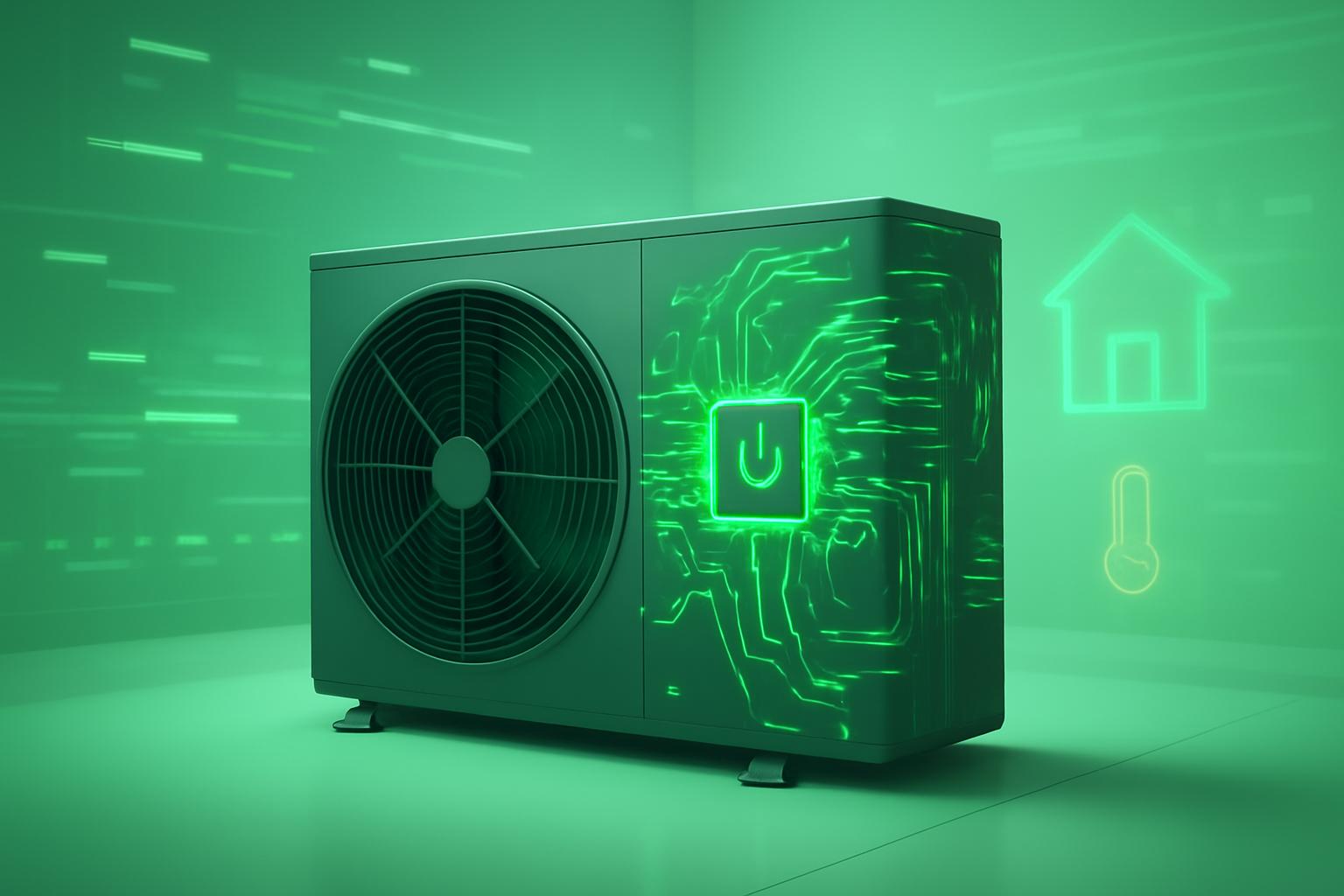Quilt Enhances Heat Pump Performance Through Software Update
While over-the-air updates have become standard in consumer electronics and electric vehicles, their adoption in heating, ventilation, and air conditioning (HVAC) systems remains limited. Quilt, a heat pump startup, has disrupted this norm by remotely upgrading the heating and cooling capacity of its installed units by more than 20% in a recent update.
Software-Defined HVAC: A New Paradigm
Quilt’s CEO Paul Lambert emphasized that the company designed its heat pump systems from inception to support continuous improvements via over-the-air updates. This strategy mirrors the software-defined vehicle concept prevalent in the automotive industry but is novel in HVAC.
“We feel like we’ve created software-defined HVAC,” Lambert stated, underscoring the transformative potential of integrating software agility into traditionally hardware-focused systems.
Data-Driven Performance Gains
The initiative was led by engineer Isaac McQuillen, who brought experience from Lucid Motors, where he managed thermal systems. Feedback from installation partners and customers indicated demand for higher maximum operating capacity, particularly in homes with larger or open floor plans.
Quilt’s heat pumps incorporate more and higher-quality sensors than typical residential HVAC units, including precise pressure, temperature, and current sensors. This enhanced sensor suite provided the data necessary to safely push the units beyond their original specifications.
Validated Increases in Capacity
After extensive testing on in-house units, Quilt deployed software and firmware updates that raised the outdoor unit’s cooling capacity from 19,700 BTUs per hour to 24,000 BTUs per hour, and heating capacity from 20,500 BTUs per hour to 25,200 BTUs per hour. Importantly, these gains did not compromise energy efficiency but improved the system’s resilience to extreme temperatures.
Strategic Advantages and Costs
The capability to deliver such updates required upfront investments in premium sensors and networking hardware, modestly increasing the bill of materials. Lambert and McQuillen contend that the value derived from continuous data collection and remote optimization justifies these costs.
“The hard part is knowing how to build all the integration around it with the software and all the systems working together,” Lambert noted, highlighting the complexity behind this innovation.
This approach also enables Quilt to serve a wider customer base without redesigning hardware models, offering a scalable business advantage.
Industry Implications
According to heat pump expert Drew Tozer, Quilt’s update may represent the first instance of a significant performance boost delivered remotely to residential HVAC equipment. Traditionally, such systems are serviced only upon failure or during scheduled maintenance, making Quilt’s approach a potential game-changer.
As the HVAC industry seeks to improve energy efficiency and adapt to climate demands, Quilt’s software-defined methodology could signal a broader shift toward smarter, more adaptable home heating and cooling solutions.
FinOracleAI — Market View
Quilt’s successful over-the-air enhancement of heat pump capacity demonstrates the commercial viability of software-defined HVAC systems, potentially accelerating adoption in the residential market. This innovation could drive increased demand for smart HVAC units equipped with advanced sensors and connectivity, benefiting manufacturers investing in similar capabilities.
Risks include the challenge of maintaining system reliability and managing cybersecurity in connected devices. Market participants should monitor Quilt’s customer adoption rates and any regulatory responses to software-driven HVAC modifications.
Impact: positive













